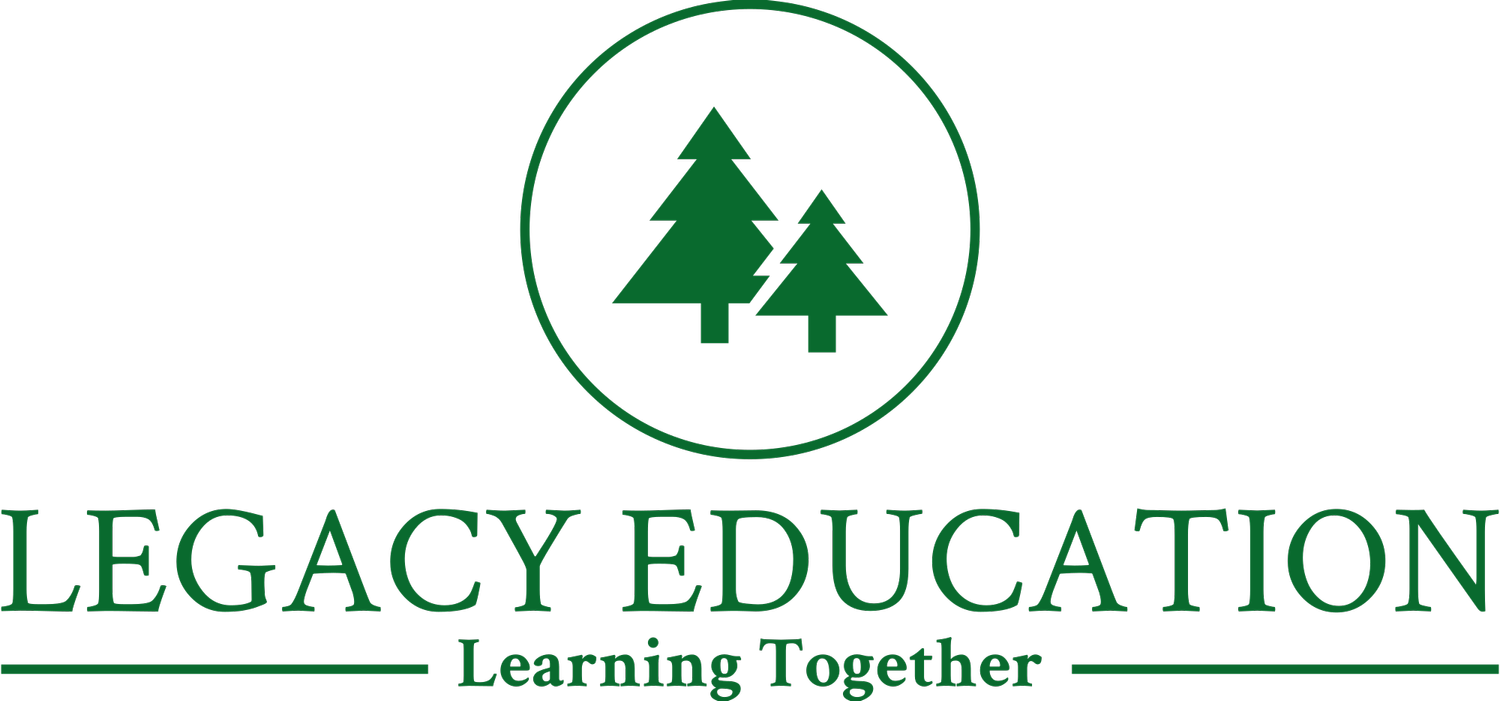How to Support Neurodiverse Employees in the Workplace
A Practical Guide for HR, Leaders & Teams
The conversation around neurodiversity has mostly focused on education — but a quiet revolution is underway in today’s workforce. More adults are being diagnosed or self-identifying with autism, ADHD, dyslexia, dyscalculia, and communication differences. These aren’t deficits — they’re different cognitive operating systems. And just like great schools, great organizations are learning how to create space where diverse minds thrive. Download our free guide below.
Neurodiversity Is a Leadership Shift
At its core, neurodiversity is about recognizing that different brains bring different patterns of creativity, problem-solving, focus, communication, and processing. When businesses unlock these strengths, they build teams that are more innovative, adaptive, and resilient.
But this requires practical systems that help neurodivergent employees trust their environment, contribute confidently, and grow professionally.
Practical Ways to Support Neurodiverse Employees
I created this simple guide for HR leaders,, managers, and workplace teams to better understand some of the most common neurodiverse types:
Why This Matters
Supporting neurodiversity in the workplace is more than "compliance", a celebration week, or providing accommodations. It’s a matter of stewardship. Every person reflects the image of God, and every brain - no matter how it’s wired - carries potential. It's a beautiful tapestry we weave when we develop an understanding of the strengths that each individual brings to a team or organization.
When leaders create respectful, clear, and supportive environments for neurodivergent employees, they do more than fill roles and check boxes. They discover new forms of creativity, innovation, and flourishing.
And we all need more of that.
About Me
Adam Meyersieck is the founder of Legacy Education Group and creator of the Universal Best Practices for All Learners. His work focuses on helping organizations build sustainable systems where neurodiverse learners thrive. Adam combines collaborative intelligence, practical leadership, and strengths-based solutions to serve schools, businesses, and families across education and workplace settings.

